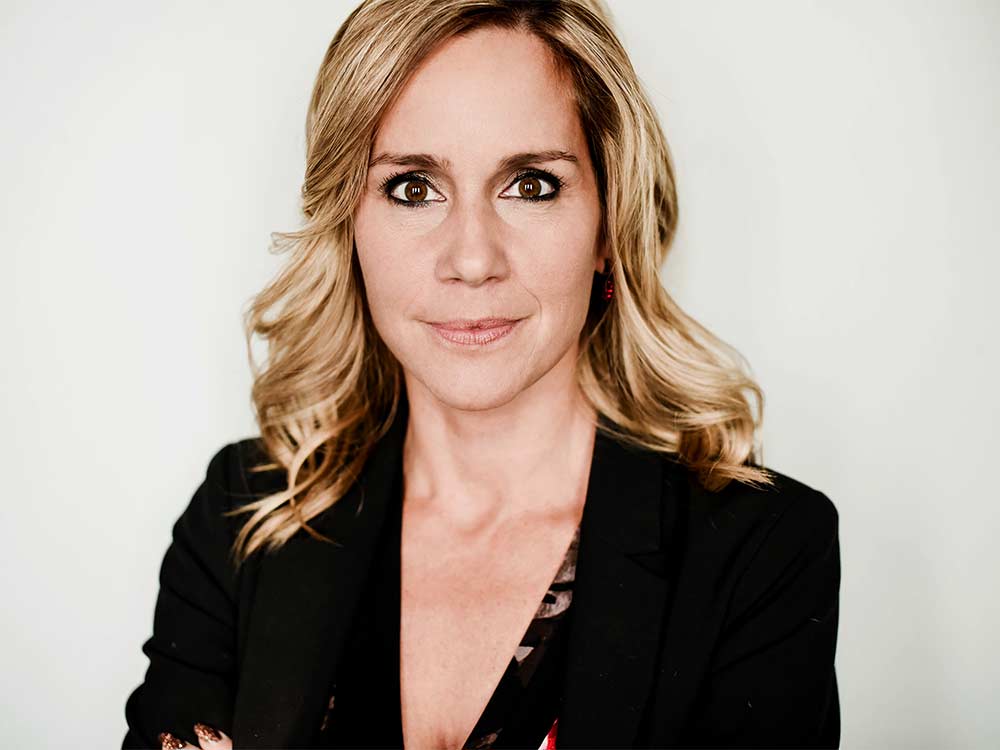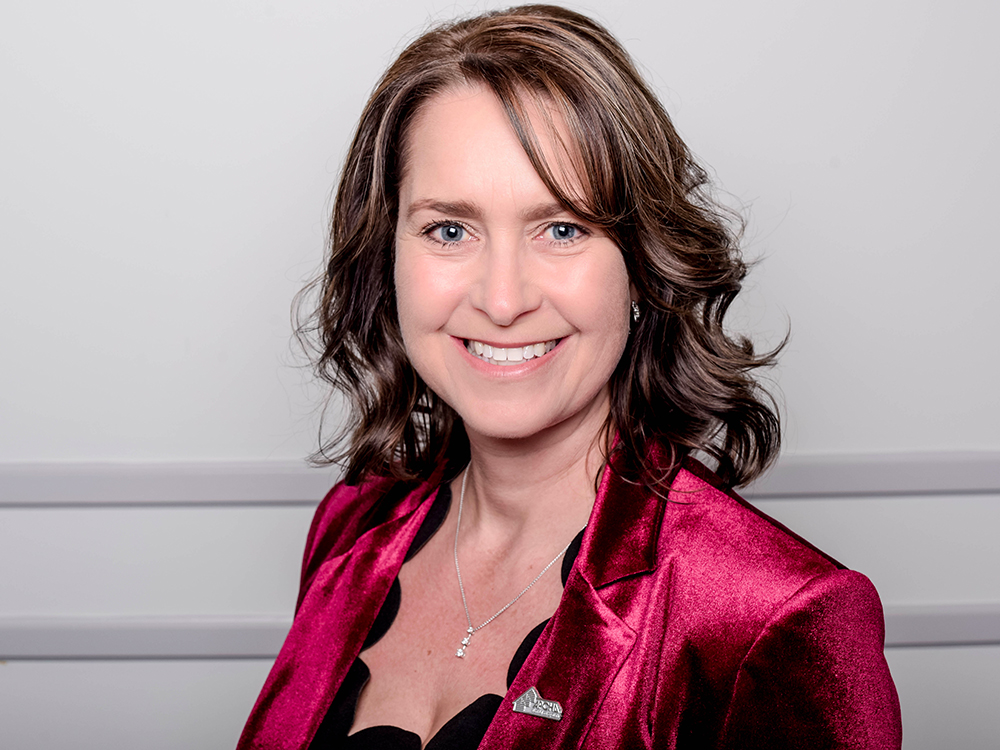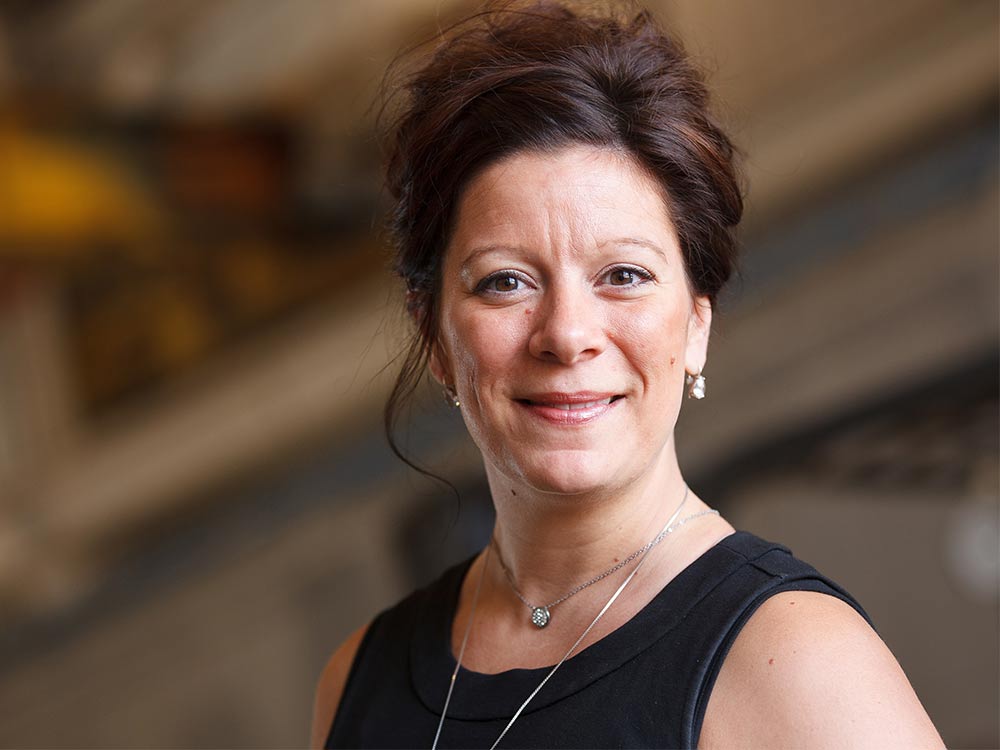
Finding the right match: Workland’s key to success
Julie Hubert’s Story
Julie Hubert’s frustration looking for a job in 2011 is what led her to found Workland. The businesswoman had just left a management position at a national food processing company after three years of loyal service. “I put so much energy into looking for another job, and yet the search just went on and on. Even after many months of looking, I still hadn’t found anything,” recalls Hubert, who graduated with a master’s in business administration from McGill University.
She soon realized she wasn’t the only one that had the same crazy experience. “Everyone says that Millennials are fickle and don’t stay with the same company for a long time, and that the labour market is more open than ever. But that’s only provided that the job search actually works!” she states. In her opinion, “taking about a year every three years to find a new job” is too much time.
Her idea was to use technology to facilitate the job search. More specifically, Workland’s business model revolves around the use of artificial intelligence (AI).
See also: Prepare your business for artificial intelligence
“I imagined a tool that could match up the right people—a bit like a dating site, except for work.”
Julie Hubert
Not surprisingly, given that she had been drawn to entrepreneurship since she was 10—you could say it ran in the family, since both her parents were self-employed—she ultimately decided to commit to her idea.
Multiple advantages
From the start, she surrounded herself with information technology (IT) and human resources (HR) experts in order to “make up for [her] lack of knowledge” in these fields. The first version of Workland was finally completed two years later, in 2013. But although it was revolutionary, the platform was not an immediate unqualified success. “We were a bit too ahead of the curve for the HR market. That forced us to stop what we were doing and go back and take another look at our product,” explains the CEO. The goal: to make sure they would be ready when the market finally revealed a demand for their services.
Today, attitudes have changed and are in Workland’s favour. Thanks to ATLAS (Application and Tracking Lead Acquisition System), the platform that supports Workland, big and small companies alike can now contact candidates with the desired profile, and candidates are now approached and offered positions that are in line with their goals. Both parties can better evaluate in the ways in which they are compatible, and the ways in which they are not. “It’s very transparent,” Hubert says.
AI is at the centre of the software’s operations. After registering, the candidate spends an hour answering questionnaires and psychometric tests. Those answers feed the program. “Workland makes matches using psychometric profiles instead of the keywords used by job listing aggregators and other job application tools,” explains Hubert. “This means the bulk of HR work has now been automated.”
Throughout the process, the candidate is updated in real time on the progression of his or her application. There is no charge for registering with Workland—it is the employers that pay for a yearly licence, depending on the number of posts they have to fill. It’s a very efficient process: With Workland, a search that would normally take six to eight months can be completed in four to six weeks. This means not just a huge savings in terms of time, but also in energy and stress.
Worthwhile sacrifices
Lately, Workland has been riding a wave of success. For over a year and a half, the company has been working on adapting the technology for governmental HR needs. Workland is planning on extending its activities internationally and is notably in the process of setting up shop in the U.S. Thanks to deep learning, the platform’s performance is constantly improving, which makes it even more attractive. “I want it to keep reducing those lead times,” says Hubert. “Ideally, I would like a candidate to be able to know where he or she is going within two weeks.”
According to the entrepreneur, AI is opening up the market to project- and piece-based work, depending on the needs of companies and the changing interests of candidates. While she doesn’t know whether she will see this come to fruition in her lifetime, she is sure that her 22-year-old daughter, who is employed at Workland, will see it come to pass. “Juggling between being a mother and an entrepreneur is not always easy. At least my daughter understands now why I made so many sacrifices and she is proud of me,” Hubert states.
Workland in Numbers
40: Number of employees, a figure that will double or triple within the next year
7: Number of digits in Workland’s sales revenue
Over 200: Number of happy Workland customers
Want to learn more?
Visit Workland’s website


